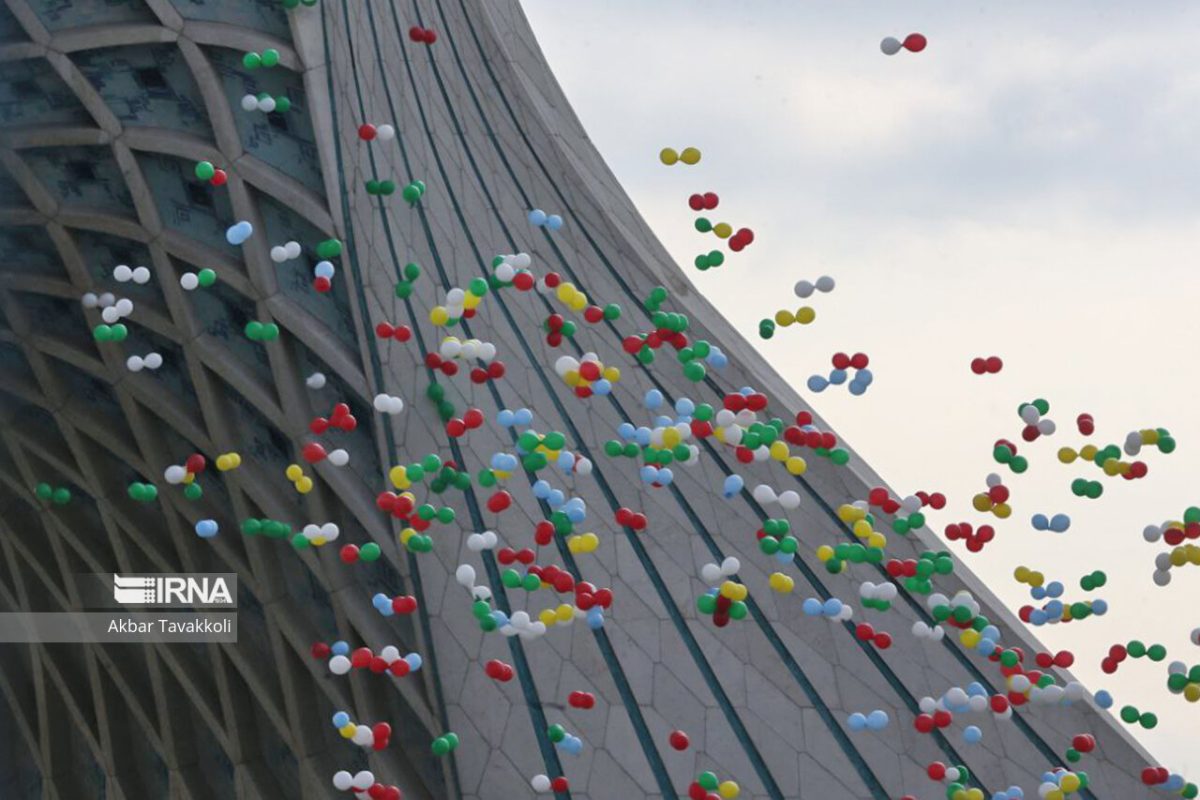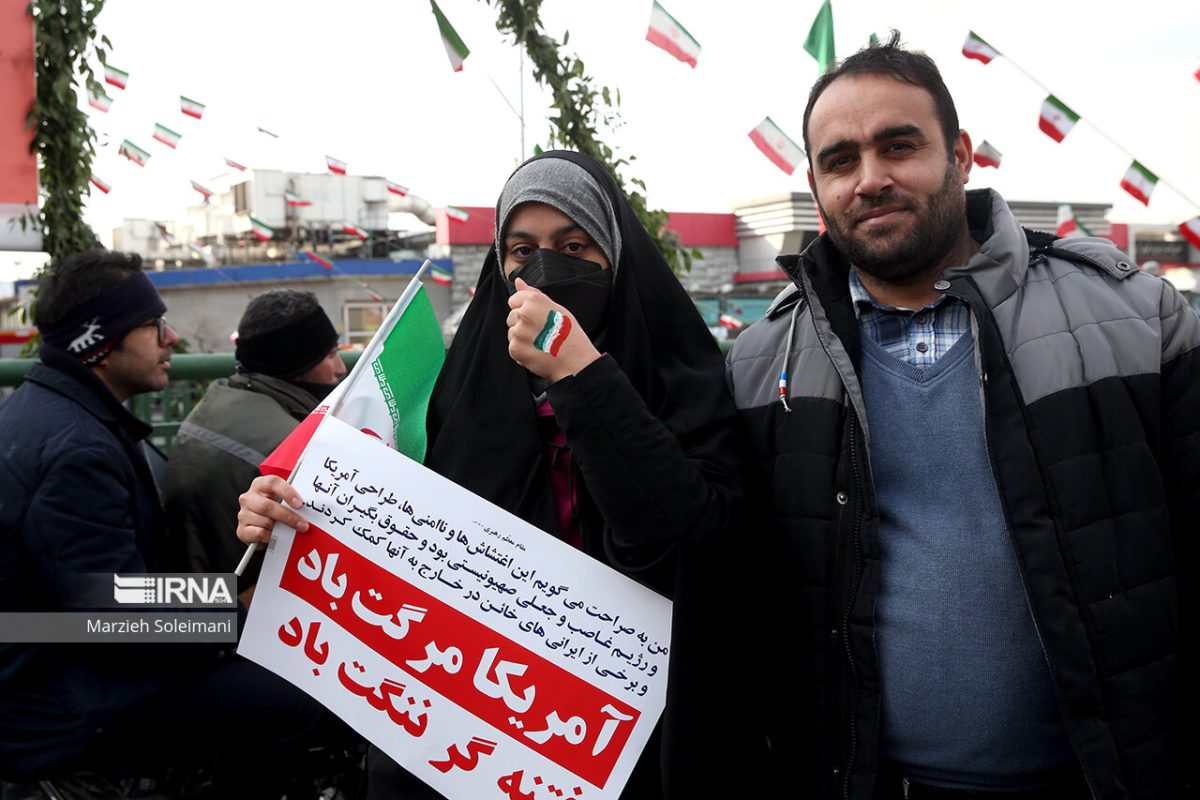The 1979 Islamic Revolution: A World-Shaking Transformation
The 1979 Islamic Revolution stands as one of the most pivotal and transformative events of the 20th century, fundamentally reshaping not only Iran but also the geopolitical landscape of the Middle East and beyond. It was a monumental upheaval that saw the ancient monarchical rule of the Pahlavi dynasty, led by Shah Mohammad Reza Pahlavi, dramatically overthrown and replaced by a new political order: the Islamic Republic of Iran, under the leadership of Ayatollah Ruhollah Khomeini. This seismic shift, fueled by a complex interplay of cultural, economic, and political factors, continues to resonate globally decades later, leaving an indelible mark on international relations and the lives of millions.
Understanding the intricacies of this revolution requires delving into the decades of discontent, the aspirations of various societal factions, and the charismatic leadership that ultimately channeled widespread grievances into a unified movement. From the modernization efforts of the Pahlavi shahs to the burgeoning influence of Islamist ideologies, the path to the 1979 Islamic Revolution was paved with tensions that eventually erupted into a full-scale societal revolt against the state, with consequences that continue to play out in the present day.
Table of Contents
- The Roots of Discontent: Precursors to Revolution
- The Pahlavi Dynasty: Modernization and Repression
- Ayatollah Ruhollah Khomeini: The Architect of Change
- The Escalation of Protests: A Society United Against the Shah
- The Overthrow of the Monarchy: February 1979
- The Birth of the Islamic Republic: A New Era
- Global Repercussions: The US Embassy Hostage Crisis and Beyond
- The Enduring Legacy of the 1979 Islamic Revolution
The Roots of Discontent: Precursors to Revolution
The Iranian Revolution, often referred to as the 1979 Revolution or the Islamic Revolution of 1979, was not an overnight phenomenon but the culmination of decades of simmering popular discontent. This deep-seated dissatisfaction was intertwined with economic turmoil and an increasingly repressive regime. Iran, a nation of 38 million at the time, was undergoing rapid, often jarring, modernization under the Pahlavi shahs. While these reforms aimed to propel Iran into the modern world, they frequently alienated significant segments of the population, particularly the traditional and religious classes. The perceived Westernization of Iranian society, coupled with economic disparities and a lack of political freedoms, created a fertile ground for dissent. Various ideologies and classes, from secular nationalists to devout Islamists, found common ground in their shared goal of overthrowing the Shah, making the revolution a complex tapestry of grievances and aspirations.
- Aireal Distance Between Iran And Israel
- Distance Between Iran And Israel Borders Middle East
- Jessica Sodi Age
- What Kind Of Doctor Is Callie Torres
- Mm2 Values Trading
The Pahlavi Dynasty: Modernization and Repression
The Pahlavi dynasty, which began with Reza Shah in the 1920s, sought to modernize and centralize Iran, often at the expense of traditional institutions and popular will. This top-down approach to development laid some of the groundwork for the eventual 1979 Islamic Revolution.
Reza Shah's Vision: Centralization and Modernization
Reza Shah, the elder Pahlavi, came to power during the 1920s, promoting the idea of 2,500 years of Persian monarchy. As the first Pahlavi monarch, he was determined to modernize and centralize the country, drawing inspiration from Kemalist Turkey. His reforms included establishing a modern army, building infrastructure, and promoting secular education. However, his autocratic rule, suppression of dissent, and anti-clerical policies sowed seeds of resentment among religious scholars and traditionalists. While he laid the foundation for a modern Iranian state, his methods created deep divisions within society, alienating powerful groups and setting a precedent for state control over religious and cultural life.
Mohammad Reza Pahlavi: The White Revolution and Growing Unrest
Mohammad Reza Pahlavi succeeded his father as Shah of Iran in the early 1950s. He continued the modernization drive, most notably through his "White Revolution" in the 1960s, a series of reforms that included land redistribution, nationalization of forests, and women's suffrage. While these reforms aimed to address social and economic inequalities and prevent a "red revolution," they were implemented without genuine democratic participation and often benefited the Shah's allies. The rapid pace of change, coupled with the Shah's increasingly autocratic and repressive rule, led to widespread discontent. His secret police, SAVAK, brutally suppressed opposition, leading to human rights abuses and a growing sense of injustice among the populace. The economic boom fueled by oil revenues also led to corruption and a widening gap between the rich and the poor, further exacerbating social tensions. This environment of economic disparity, political repression, and cultural alienation created a fertile ground for the 1979 Islamic Revolution.
Ayatollah Ruhollah Khomeini: The Architect of Change
Central to the success of the 1979 Islamic Revolution was the charismatic and unyielding leadership of Ayatollah Ruhollah Khomeini. An Iranian Shia Muslim religious leader, revolutionary, and politician, Khomeini emerged as the undisputed spiritual and political leader of the opposition movement against the Shah. Exiled for his outspoken criticism of the Pahlavi regime, particularly its secularizing policies and close ties to the West, Khomeini used his time abroad to articulate his vision for an Islamic government. His concept of Velayat-e Faqih (Guardianship of the Jurist) provided a theological framework for clerical rule, resonating deeply with a populace increasingly disillusioned with the Shah's secular monarchy. From his exile, first in Iraq and then in France, Khomeini's messages, often distributed via cassette tapes, galvanized millions across Iran. His unwavering commitment to Islamic principles and his fierce condemnation of the Shah's perceived corruption and subservience to foreign powers made him a powerful symbol of resistance. He successfully united various factions, including secularists, leftists, and traditionalists, under the banner of overthrowing the Shah, demonstrating remarkable political acumen and an ability to tap into the collective grievances of the Iranian people.
The Escalation of Protests: A Society United Against the Shah
The years leading up to the 1979 Islamic Revolution witnessed a dramatic escalation of protests, transforming sporadic demonstrations into a nationwide movement. This period saw an unprecedented unity among diverse social strata and ideological groups, all converging on the singular objective of overthrowing the Shah. What began as discontent among students, intellectuals, and the religious establishment gradually swelled into mass demonstrations involving millions. Strikes paralyzed key sectors of the economy, including the vital oil industry, severely weakening the Shah's regime. The "Data Kalimat" aptly describes this as "a revolt of the society against the state, with various ideologies and classes united by the goal of overthrowing the Shah." This unity was remarkable given Iran's highly fragmented political landscape and lack of a long tradition of democracy or a unified opposition movement. Religious processions, particularly during Muharram, transformed into political rallies, with participants openly defying the Shah's forces. The Shah's increasingly brutal crackdown, including the "Black Friday" massacre in September 1978, only served to further galvanize the opposition, turning martyrs into symbols of resistance and fueling public outrage. The media, both domestic and international, played a crucial role in disseminating news of the protests, further isolating the Shah on the global stage. The sheer scale and persistence of these protests ultimately made the Shah's position untenable, paving the way for the dramatic events of early 1979.
The Overthrow of the Monarchy: February 1979
The final act of the Pahlavi dynasty's reign unfolded rapidly in early 1979. On February 11, 1979, the ruling Iranian monarch, Shah Mohammad Reza Pahlavi, was overthrown. He had already left his nation for the last time in January, ostensibly for a "vacation," but in reality, his departure signaled the end of imperial rule in Iran. The vestiges of his caretaker government quickly crumbled in his absence. This pivotal moment marked the end of 2,500 years of Persian monarchy, a concept Reza Shah, the elder Pahlavi, had so vigorously promoted. Ayatollah Khomeini, who had returned to Iran on February 1st to a rapturous welcome from millions, quickly consolidated power. His return symbolized the triumph of the revolution and the beginning of a new era. The military, which had been the backbone of the Shah's rule, largely disintegrated or declared neutrality in the face of overwhelming popular support for Khomeini. The streets of Tehran and other major cities were filled with revolutionaries, and the imperial state of Iran was definitively replaced. This swift and decisive overthrow, with the Shah overseas, cleared the path for the formal establishment of the Islamic Republic, a testament to the power of a unified popular movement against a seemingly entrenched authoritarian regime.
The Birth of the Islamic Republic: A New Era
With the Shah overthrown, the focus shifted from dismantling the old regime to constructing the new one. The revolution led to the replacement of the imperial state of Iran by the Islamic Republic of Iran. This transformation was not merely a change in leadership but a fundamental reordering of the nation's political, social, and cultural fabric. Ayatollah Ruhollah Khomeini, who had headed one of the rebel factions and successfully ousted Mohammad Reza Pahlavi, now assumed the mantle of the country's Supreme Leader, a position created specifically for him, solidifying his central role in the new Islamic state. This period saw a massive political, social, and cultural realignment for the nation of 38 million, with repercussions that continue to play out around the region and the world.
Establishing Theocracy: April 1979
On April 1, 1979, Khomeini declared Iran an Islamic Republic, following a referendum where an overwhelming majority of Iranians voted in favor of the new system. This declaration formally superseded the monarchical government and established a theocratic state based on Islamic principles. The new constitution, subsequently adopted, enshrined the concept of Velayat-e Faqih, granting ultimate authority to the Supreme Leader. This marked a profound shift from a secular monarchy to a religiously governed state, a move that shocked many international observers and set Iran on a unique trajectory. The establishment of the Islamic Republic of Iran was not just a political change but a deep ideological transformation that sought to root the nation's governance in religious doctrine, fundamentally altering its identity and its relationship with the global community.
Suppression of Western Influence and Dissent
Following the establishment of the Islamic Republic, a concerted effort was made to purge the country of what was perceived as corrupting Western cultural influence. Militias and the clerics they supported actively suppressed Western cultural elements, ranging from music and fashion to educational curricula. This cultural revolution aimed to purify Iranian society and align it with Islamic values. Simultaneously, the new regime moved to consolidate its power and suppress any remaining dissent, whether from secularists, leftists, or rival religious factions. Revolutionary courts were established, and purges within the military and bureaucracy were carried out. Figures like Mohammad Reza Pahlavi's former officials were executed. This period, while solidifying the new Islamic order, also laid the groundwork for a more insular and ideologically driven state, further distancing Iran from its pre-revolution trajectory and setting the stage for future confrontations with Western powers, particularly the United States.
Global Repercussions: The US Embassy Hostage Crisis and Beyond
Iran's Islamic Revolution shook the world in 1979, with currents that continue to be felt today. One of the most immediate and impactful global repercussions was
- Blue Meanie Mushroom Species
- Kylie Mcdevitt
- Professional Candid Photography
- Johnny Rivers Today
- Karen Grassel

In Iran, Millions Mark Anniversary Of 1979 Islamic Revolution With Mass

In Iran, Millions Mark Anniversary Of 1979 Islamic Revolution With Mass

In Iran, Millions Mark Anniversary Of 1979 Islamic Revolution With Mass